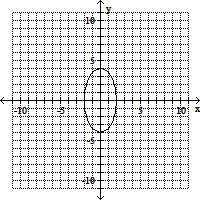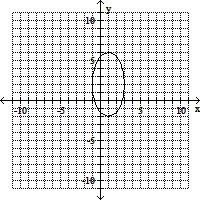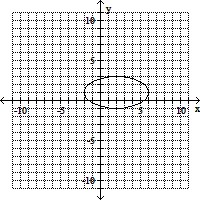The initial tableau of a linear programming problem is given. Use the simplex method to solve the problem. 

A. Maximum at 30 for x2 = 10, s1 = 15
B. Maximum at 12.5 for x2 = 7.5, s2 = 5
C. Maximum at 45 for x2 = 15, s2 = 10
D. Maximum at 25 for x2 = 15, s1 = 10
Answer: C
You might also like to view...
Solve for the angle ?, where 0 ? ? ? 2?cos2? = 
A. ? =  ,
,  ,
,  ,
, 
B. ? =  ,
,  ,
,  ,
, 
C. ? = 0, ?, 2?
D. ? =  ,
,  ,
,  ,
, 
Find the indicated probability.f(x) = e-x; [0, ?), P(x ? 1)
A. 0.3679 B. 0 C. 0.6321 D. The function f(x) is not a probability density function.
Identify the function's extreme values in the given domain, and say where they are assumed. Tell which of the extreme values, if any, are absolute.g(t) =  - 3.5t2 + 10t, 0 ? t < ?
- 3.5t2 + 10t, 0 ? t < ?
A. Local minimum:  ; Local maximum:
; Local maximum:  ; Absolute minimum:
; Absolute minimum: 
B. Local minima: (0, 0) and  ; Local maximum:
; Local maximum:  ; Absolute minimum:
; Absolute minimum: 
C. Local minimum:  ; Local maximum:
; Local maximum:  ; Absolute maximum:
; Absolute maximum: 
D. Local minimum:  ; Local maxima: (0, 0) and
; Local maxima: (0, 0) and  ; Absolute maximum:
; Absolute maximum: 
Graph the ellipse.16(x - 1)2 + 4(y - 2)2 = 64 
A. 
B. 
C. 
D. 